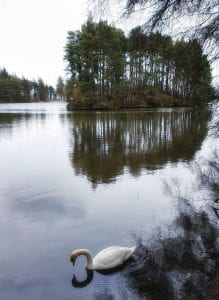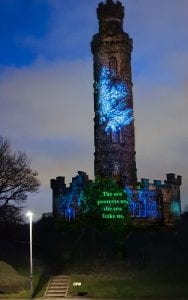What is ‘place’?
Place is a central part of how humans know the world. We go to a place, we live in a place, we build a bridge and change an ’empty’ space into a place where we can meet someone or take a picture or document in a map. By being in place, each person stamps a segment of space and time with their knowledge, their individual ‘knowing’.
That knowing comes from experience that is gained through sensing the environment; seeing, hearing, touching, tasting and smelling. The person integrates that sensory information with what (s)he already ‘knows’ and feels, with pre-existing cultural and emotional and cognitive understandings.
The artist chooses a space to ‘capture’ or ‘portray’, but what does that mean? Does the artist then define the space as a known place, even to the extent of trying to put the viewer ‘there’?
Though context is important, there are more immediate, direct sensory influences on an artist who paints in place for a period of time. This is his/her sensory situation (situation has been suggested as a more useful word than context to describe what is influencing an artist in place – it can reference both location and subjective feelings).
What aspects of the situation influenced the photographer to ‘capture’ this image of this particular place?

